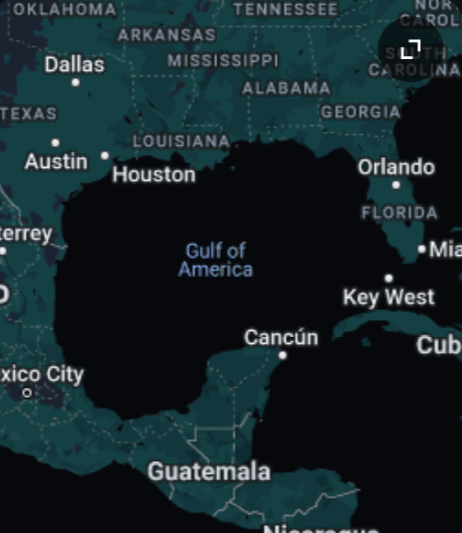Safe site or funeral home
April 1, 2020
Recovery Centers of America, Maryland Recovery, Blueprints for Addiction Recovery, Ashley Addiction Treatment, are all working to save damaged citizens in our communities who are facing life threatening substance dependence.
These places are places designated to help save people from themselves and the irresistible pull they have to pills, alcohol, and shots.
While these traditional rehab facilities are helpful, in the United States, many cities are considering and have created locations known as the Safe Sites.
Safe Sites are places where addicts can go to safely ingest or use drugs while a medic is on standby in case an overdose occurs. The idea of these sites is to have people who rely on drugs to come to these places to use, but also so build relationships with them, and eventually guide and encourage them to seek help.
So the question is, will addicts choose to get help after being revived five, six, and seven times in a Safe Site with no repercussions. Or will addiction numbers continue to rise?
National Institute of Drug Abuse 2018 data shows that every day, 128 people in the United States die after overdosing on opioids. There were 1,700 deaths from January to September in 2019 in Maryland alone. The Centers for Disease Control and Prevention estimates that the total “economic burden” of prescription opioid misuse alone in the United States is $78.5 billion a year, including the costs of healthcare, lost productivity, addiction treatment, and criminal justice involvement.
Some local governments and jurisdictions have committed to funding these sites, which could cost up to $1.6 million to run after an initial start-up cost of $400 thousand. And what are we spending that money on: people that may never want to get better but instead are looking for an easier way to shoot up.
Of course, helping individuals who are addicts should be a priority, but is this the way to ensure that this happens? Spending this kind of money seems like a vast waste of funding and resources. This is especially true when there are countless other programs and things that might be more fruitful, ones that benefit education, poverty, and others.
Supporting a habit by reinforcing it is not ever going to change the behavior. Holding people accountable for the behavior will. So instead of providing Safe Sites, we should be making accessible resources like rehab, support groups, medical help more accessible and far more affordable to people who want and need help.
















